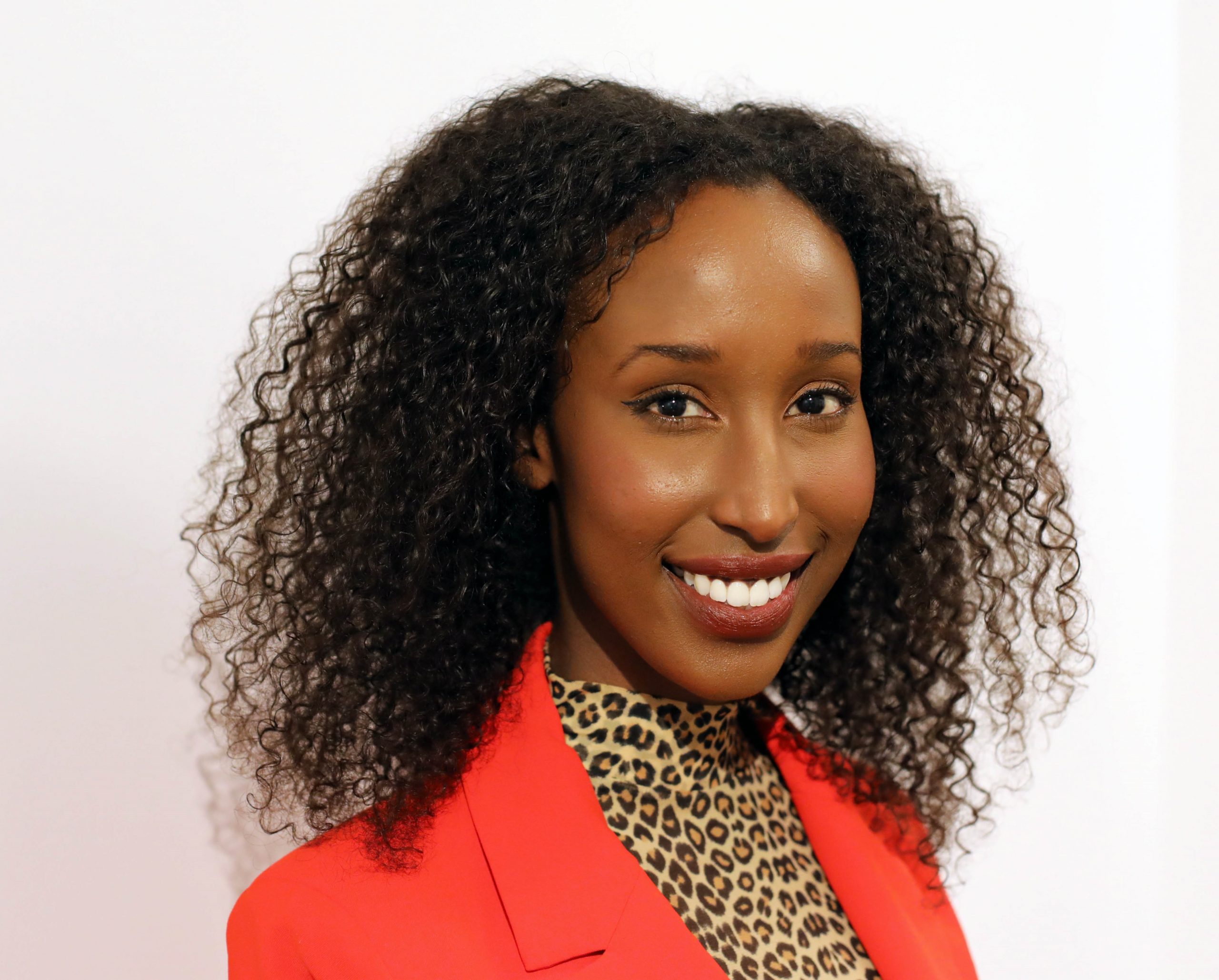
The IJB profiles our collaborators from time to time. Ebyan Abdigir is a multimedia journalist and producer in Toronto. She has worked in all mediums of journalism: community radio, print, digital, broadcast radio, TV and podcasts. Her work has appeared in the CBC, Toronto Star, and more.
Ebyan was part of a team that spent two years investigating the racial composition of trial juries in the Greater Toronto Area. Her team physically attended dozens of trials in the GTA to catalogue the racial composition of juries. No one had ever done this type of research before.
The investigation revealed flaws in a jury selection process that skews towards property owners, fails to reflect the GTA’s growing diversity and excludes potentially millions of Ontarians from serving their civic duty.
She’s graciously sharing the experiences, insights and lessons from the project for the IJB’s Collaborator Profiles, a series that seeks to get behind the investigations we and our colleagues work on. The short interviews are intended to convey deeper meaning and understanding of some of the most important issues of our time.
What was it like to work on a story over two years? What kept you going?
We were students with time on our hands, not yet hardened by the industry. We were all very eager to get hands-on investigative journalism experience. Beyond that, we really cared about our story and we were shocked to learn that Ontario’s jury selection process for trials relied on a property system.
What kept us going was our fresh curiosity and commitment to seeing the story through to the end, because it mattered, and because it was in the public interest. Rob left the door open to us on whether we wanted to continue to pursue the story even after graduation. In hindsight, I think we felt an obligation to finish our work.
We heard from lawyers, judges and everyday people who said Ontario’s jury selection process lagged behind other provinces. The jury pool data we gathered, and the other research we conducted, validated these criticisms.
What was your experience conducting this investigation using a collaborative model with students and journalists?
It was great! Students offer insight and sentimental ideas that go beyond contemporary thinking in journalism because they are the future of the industry. Seasoned journalists have the wisdom and expertise to guide and listen to students. I liked that we had enough space to do the work on our own time. We were a diverse team and I think that made our reporting even better.
Was there a specific moment during the two-year investigation that stands out in your mind as particularly powerful?
Seeing everyday people ushered into a courtroom, hearing them being called by a juror number, and then observed by the crown and defence, who then determine if the potential juror is suited to decide someone’s fate. While it isn’t a specific moment, simply seeing that process has stayed with me. These were all kinds of people within society that we saw, but very few of them looked like the person on trial.
I remember feeling tense and like every moment and gesture required my attention, because that is what the crown and defence were looking for, first impressions of strangers, of people from a community. What we found in our story is the system is only as good as how representative it is of the population which it serves.
What are some of the lessons, experiences and techniques you took from the investigation?
The biggest lesson is that investigative journalism takes patience, requires genuine support and funds, and is the only form of journalism that has an opportunity to close a story. The miniscule incidents that keep occurring overtime that become a symptom to society, is what investigative journalism is about.
In terms of techniques, we got practical experience on how to search government databases and file freedom of information requests. But our work required more than that, which was the lesson. Finding a balance between naming and pointing to technical details with the utmost accuracy, and allowing your gut and reasoning to come to conclusions with your team, was especially helpful and formulaic.
This investigation triggered strong reaction, including public policy reform around how jurors are selected in Ontario. What was the most meaningful outcome of the project for you?
I took away a deep feeling that humans as well as the systems we create are prone to error. With that said, because we had access to demographic data and because we collected our jury pool data, we could support the criticism and viewpoints of those we interviewed and remain impartial with our journalism.
The most meaningful outcome was public policy reform, as well as seeing that the concept of impartiality within the judicial system goes hand in hand with journalism as a whole. Audiences are like a “jury of one’s peers” and the people or communities we report on are the backbone to our stories. In order to get stories as close to accurate as possible or in a trial to prove one’s innocence beyond a reasonable doubt, we need more access and trust among our communities. It’s a simple analogy, but because we actually had the access and time to witness the jury selection process as students, we had unique data that I think contributed to our story resulting with public policy reform in Ontario.